Sony Xperia 10 IV review: Bossing battery life, but little else
A small and affordable Android phone with killer battery life, but underwhelming spec at this price point
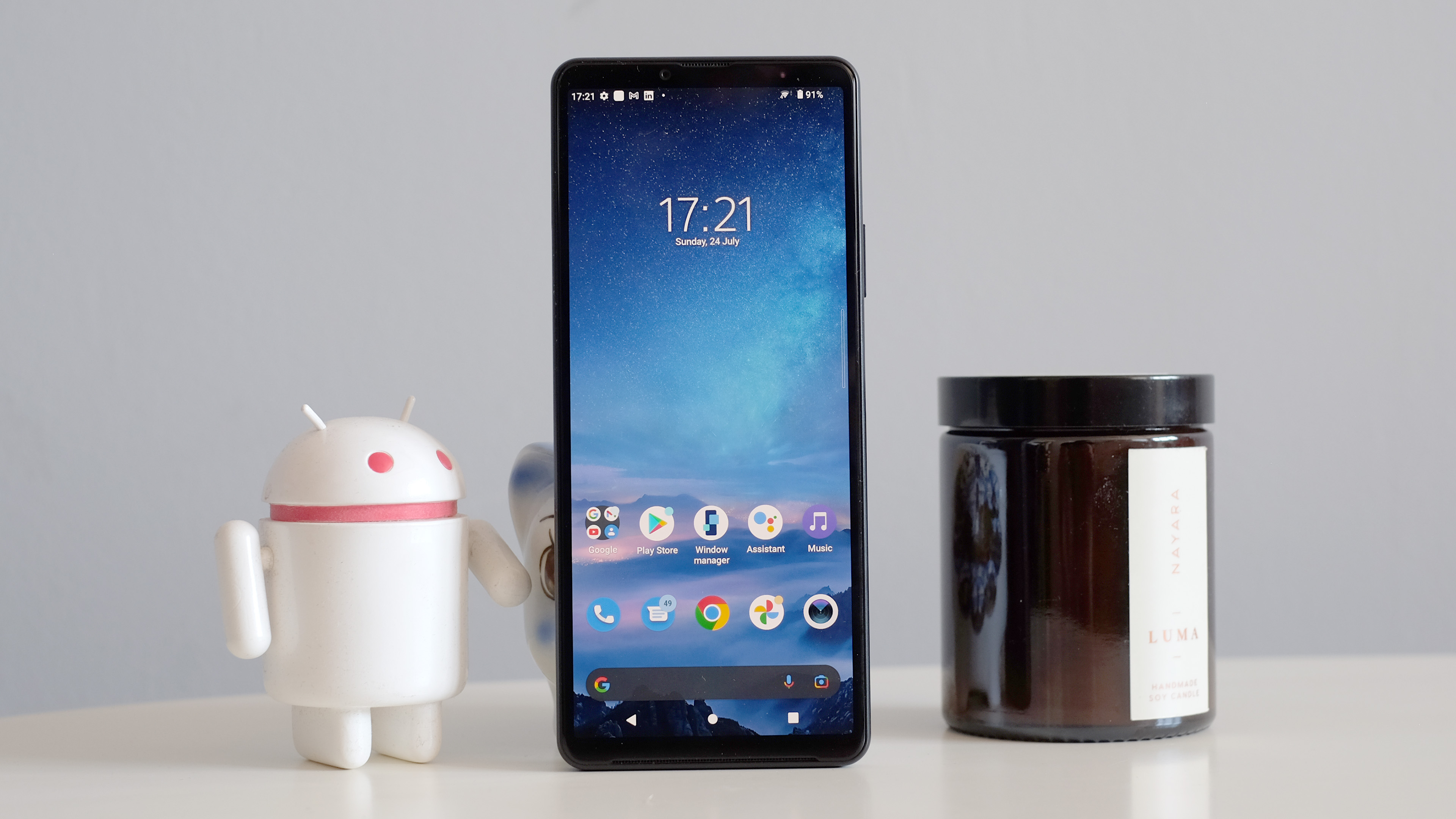
The Sony Xperia 10 IV’s long battery life is a joy but the wobbly camera experience, underpowered processor and slow charging means you get better value from elsewhere.
-
+
Great battery life
-
+
Has a useful 2x zoom camera
-
+
Low weight, narrow frame for easier handling
-
-
Camera feels slow and produces patchy images
-
-
Slow charging
-
-
One of the least powerful 2022 phones at the price
-
-
Loses the glass back of previous models
Why you can trust T3

The Sony Xperia 10 IV is a good phone for people who don’t actually like phones much. Hate the way so many of them fill up your pocket, and yet still die halfway through a night out? Those things won’t be a problem with the Sony Xperia 10 IV. It’s much longer-lasting than the average Android device, is smaller and lighter than the norm, and tougher too.
There’s a real no-nonsense appeal in the Sony Xperia 10 IV. As long as you don’t care too much about the tech inside, anyway — as this is an affordable phone with the same processor as the half-the-price Moto G82. It’s a 60Hz display phone in a market awash with 90Hz and 120Hz panels.
And, sure, while you can say that last bit about the Google Pixel 6a too, that phone has a killer camera. The Sony Xperia 10 IV does not, despite its unusual 2x zoom offering. This Sony phone doesn’t quite stack up on the tech front, which is a shame because the battery life really is quite something, as we'll detail in this full review...
Sony Xperia 10 IV: Price and Availability
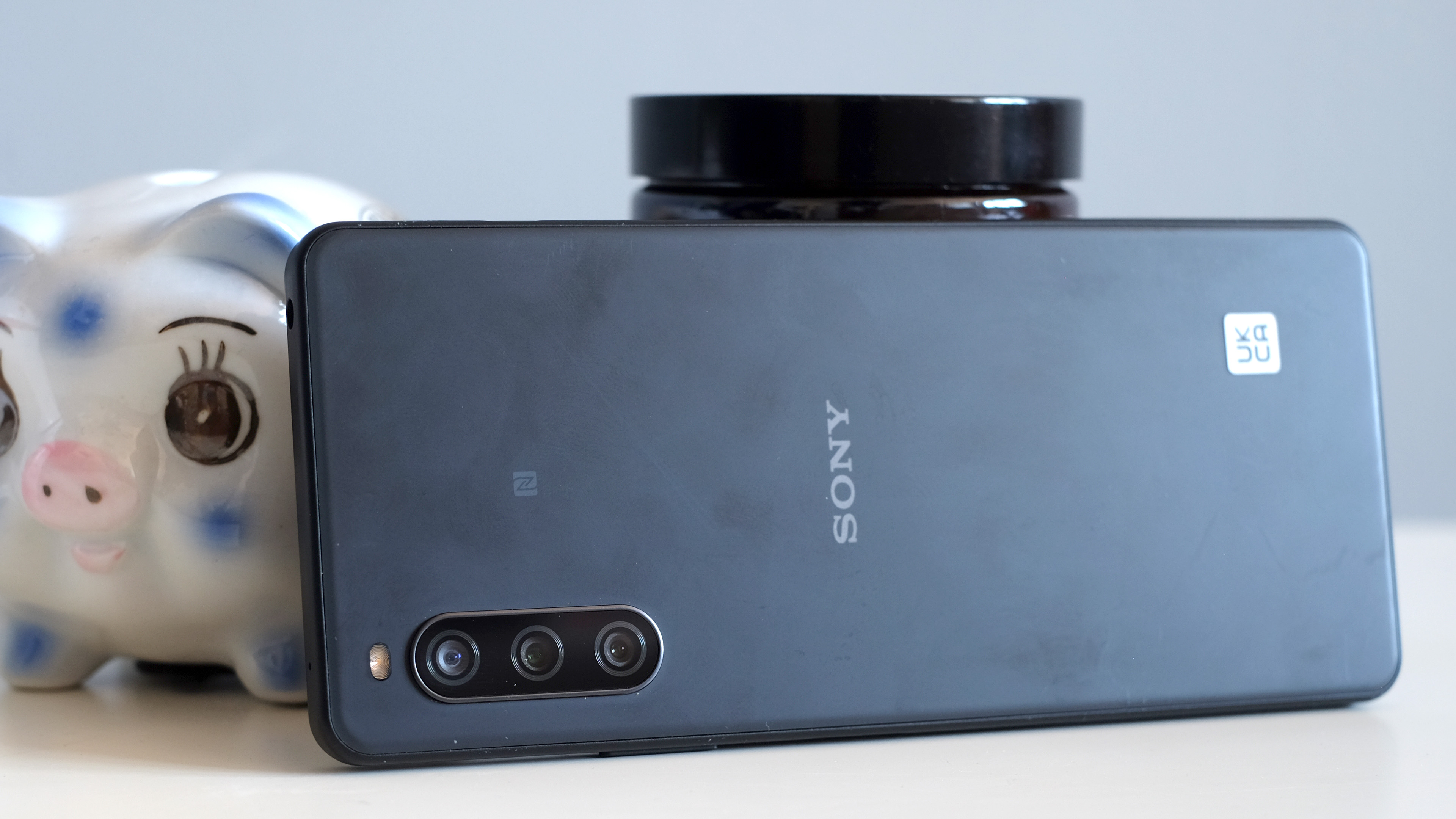
The Sony Xperia 10 IV was released mid 2022, and is part of a sub-series from Sony that started in 2019.
You can expect to pay $449/£430 for a Sony Xperia 10 IV, and that nets you 128GB storage and 6GB RAM. There’s no 256GB model, but the microSD slot lets you add more room for stuff if you need it.
Pricing fluctuates, of course, and we've embedded a realt-time shopping widget below so you can see how much less you can bag an Xperia 10 IV for right now. It's less than the initial retail price, which is a positive thing.
Sony Xperia 10 IV review: Design and Screen
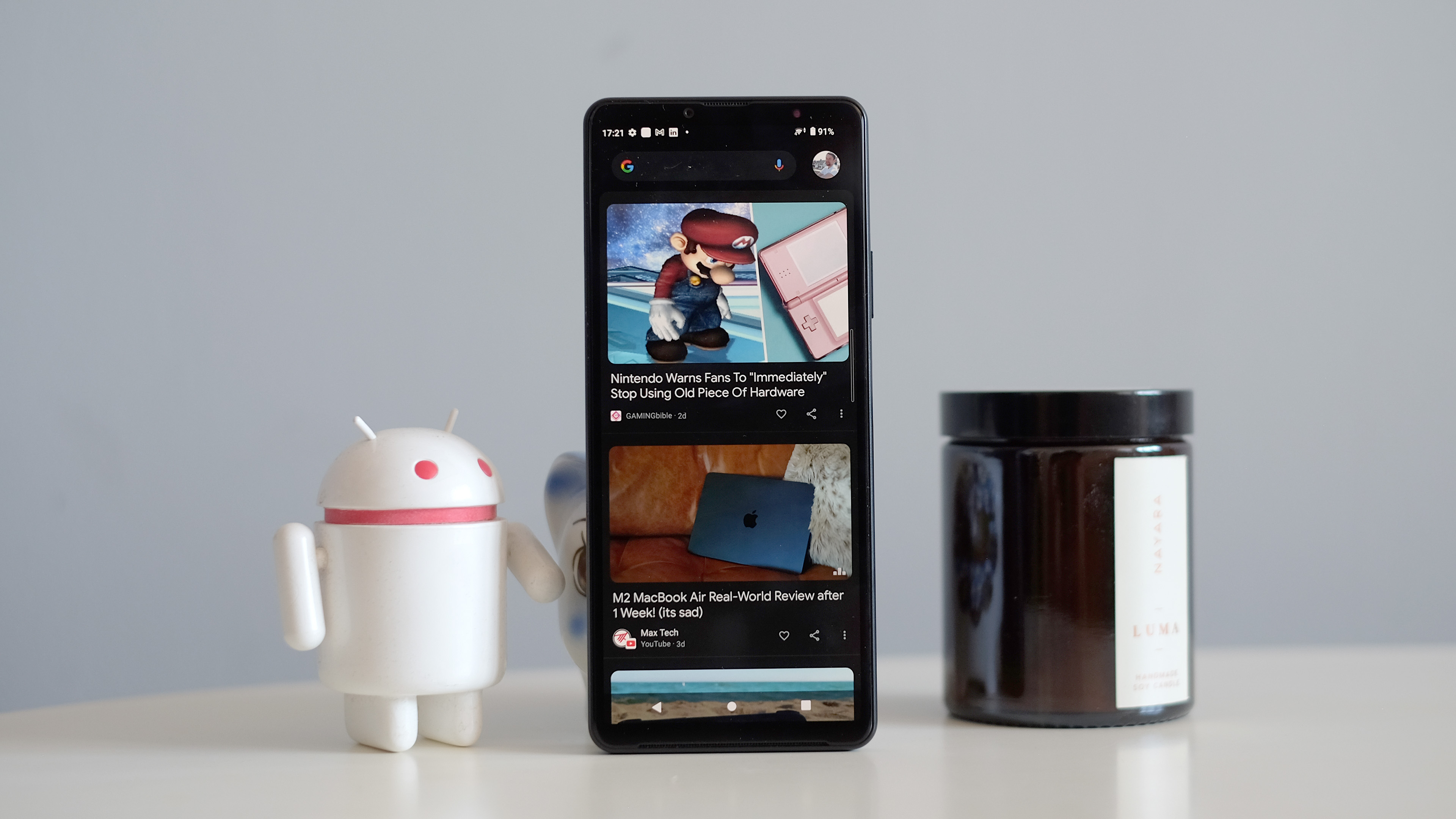
Xperia phones make you wonder if Sony quietly made its entire design team redundant a few years ago. Don’t get us wrong, the Sony Xperia 10 IV looks slick enough. It just also looks almost exactly like the Xperia 10 III and Xperia 10 II.
Get all the latest news, reviews, deals and buying guides on gorgeous tech, home and active products from the T3 experts
The Sony Xperia 10 IV also serves as a reminder that — like most other things in this world — phone design is getting worse by the day. Where the last two models had glass backs, this one uses plastic.
We don’t blame Sony. The plastic wave has been crashing down on phones for years now. Sony was one of the last big names to be wiped out, but it means the Xperia 10 IV won’t feel quite as nice as your old phone if you are upgrading from the Xperia 10 III.
However, other parts of the design still stick out in a positive way. The Sony Xperia 10 IV is water/dust resistant to the IP65 and IP68 standards. This means you can dunk it in water, that it can hack low-pressure water “jets” — torrential rain yes, pressure washer no.
And while we lose the glass back here, the front glass is Gorilla Glass Victus. It was the best toughened glass for phones until Corning introduced Victus + earlier in 2022.
Sony’s commitment to keeping your Xperia 10 IV safe only stretches so far, though, because you don’t get a case in the box. Or a power adapter, come to mention it.
I’d recommend using a case, as the phone’s plastic sides will get scuffed up. Give yourself a little while to appreciate the Sony Xperia 10 IV’s dimensions first, though. This is an unusually narrow and light phone, one far slighter than almost all the mid-range competition.
It weighs just 161g and is 67mm wide — notably smaller and lighter even than the Google Pixel 6a. Part of this is down to the Sony's ultra-tall 21:9 display shape, a classic Sony move, but it still means the width sits somewhere between the iPhone 13 Mini and iPhone 13.
Other hardware features also bear the classic Sony style. The Sony Xperia 10 IV has a headphone jack, something the company has stuck with while others chucked them out like old VHS copies of Buffy the Vampire Slayer. Its fingerprint scanner sits on the side, not in the screen. This style works just as well, given it is fast, reliable and built into the power button.
However, the speaker is not great. There’s just one speaker below the screen. No stereo here. It’s not super-loud, and does not have the lower-end clout of the better phone speakers. Other phones do a better job of relaying podcasts and game audio.
The screen provides the first real hurdle for prospective Sony Xperia 10 IV buyers, though. Can you make do with a 60Hz screen in a world packed with 120Hz and 90Hz phones?
It means the app drawer and articles you read in Chrome won’t scroll with the greased smoothness of 120Hz, and it affects your perception of how fast and responsive the Sony Xperia 10 IV is. You do get used to it after a few days. Let’s not forget we were all happy with 60Hz until a couple of years ago — but you can get more advanced screens for your money.
This plays out in other ways too. When the Sony Xperia 10 IV’s display is off and catches the light, it appears more like dark blue than pure black, reducing perceived contrast in bright places. The effect is much more pronounced here than in recent 120Hz OLED phones like the Realme GT Neo 3T, suggesting the physical design of the panel is more dated.
Still, as long as you are not in bright sunlight you get the usual benefits of OLED. Contrast is fantastic indoors, and the two colour modes let you pick between more and less saturated styles. Both look good.
Peak brightness of 610 nits is solid, but not close to class-leading. I noticed this when taking photos with Sony Xperia 10 IV. Display visibility is only passable.
The screen resolution is 2520 x 1080 pixels, similar to that offered by other phones of this grade. Pixel density is higher here, though, as more pixels are crammed into a smaller space.
Sony Xperia 10 IV review: Software and Performance
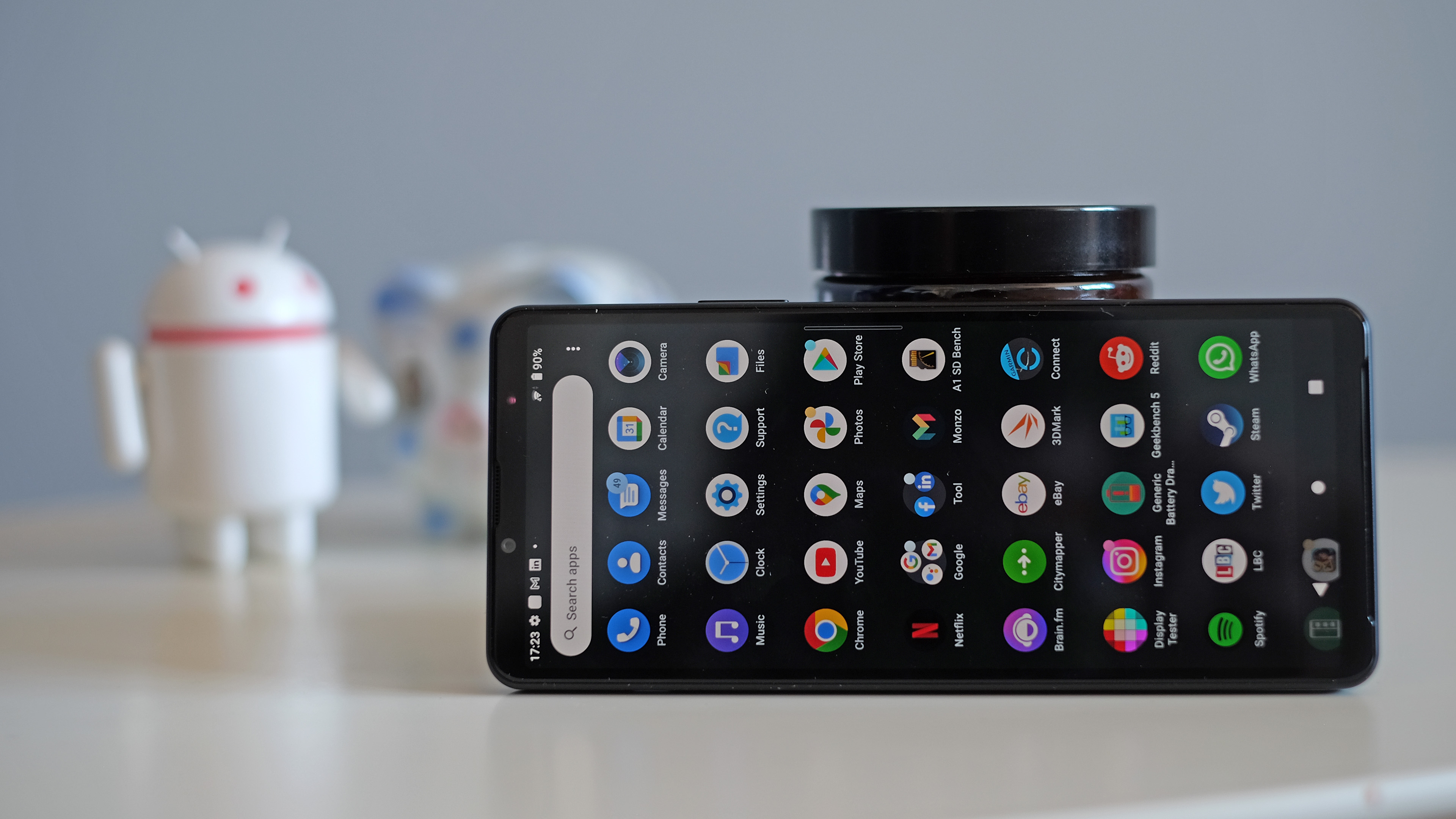
The Sony Xperia 10 IV has the same software as the much pricier Xperia 1 IV. It runs Android 12 and has a Sony software layer on top.
While this has a few specific Sony traits, like the ability to add folders to your app drawer, a lot of the visual style is taken directly from vanilla Android 12. For example, the drop-down home screen menu uses the colourful blocks introduced in this latest revision of Google’s Material design.
One part some of you may want to change is how small everything looks in the Sony Xperia 10 IV. Fonts are teeny, and for a wee phone this Xperia doesn’t half attempt to fit a lot of app icons onto each screen.
It makes the phone look refined and elegant, but if you’ve seen enough birthdays to need glasses to read restaurant menus, you’re going to struggle. You can change the scaling of the interface easily enough though.
Raw performance is not something you can fix, and the Sony Xperia 10 IV is below average for the money. The phone uses the Qualcomm Snapdragon 695, a mid-range 5G chipset seen in a bunch of recent phones including the Moto G82 and OnePlus Nord CE 2 Lite.
The Sony Xperia 10 IV is the most expensive phone I’ve seen to use this processor, and that is the root of the problem. For similar money you can get more power from a Pixel 6a, a OnePlus Nord 2T, a Realme GT Neo 3T — take your pick.
It means games won’t run as well, or won’t give you access to the best graphics. Fornite will only run at Medium graphics at 30fps, for example.
There are noticeable, if not deal-breaking, compromises day-to-day too. Brief pauses when switching between apps are common, app loads are slower than they are in those named rivals. And I’ve encountered a few bugs too. On one day the Sony Xperia 10 IV decided to leave half of the screen in shadow for a couple of seconds after each phone unlock — a hangover of the unlock animation. A few hours later, poof, the problem was gone.
Such things are usually just launch quirks, but you can get faster phones for your money. And one with a snappier display refresh will also often feel faster even if it is not.
Sony Xperia 10 IV review: Cameras
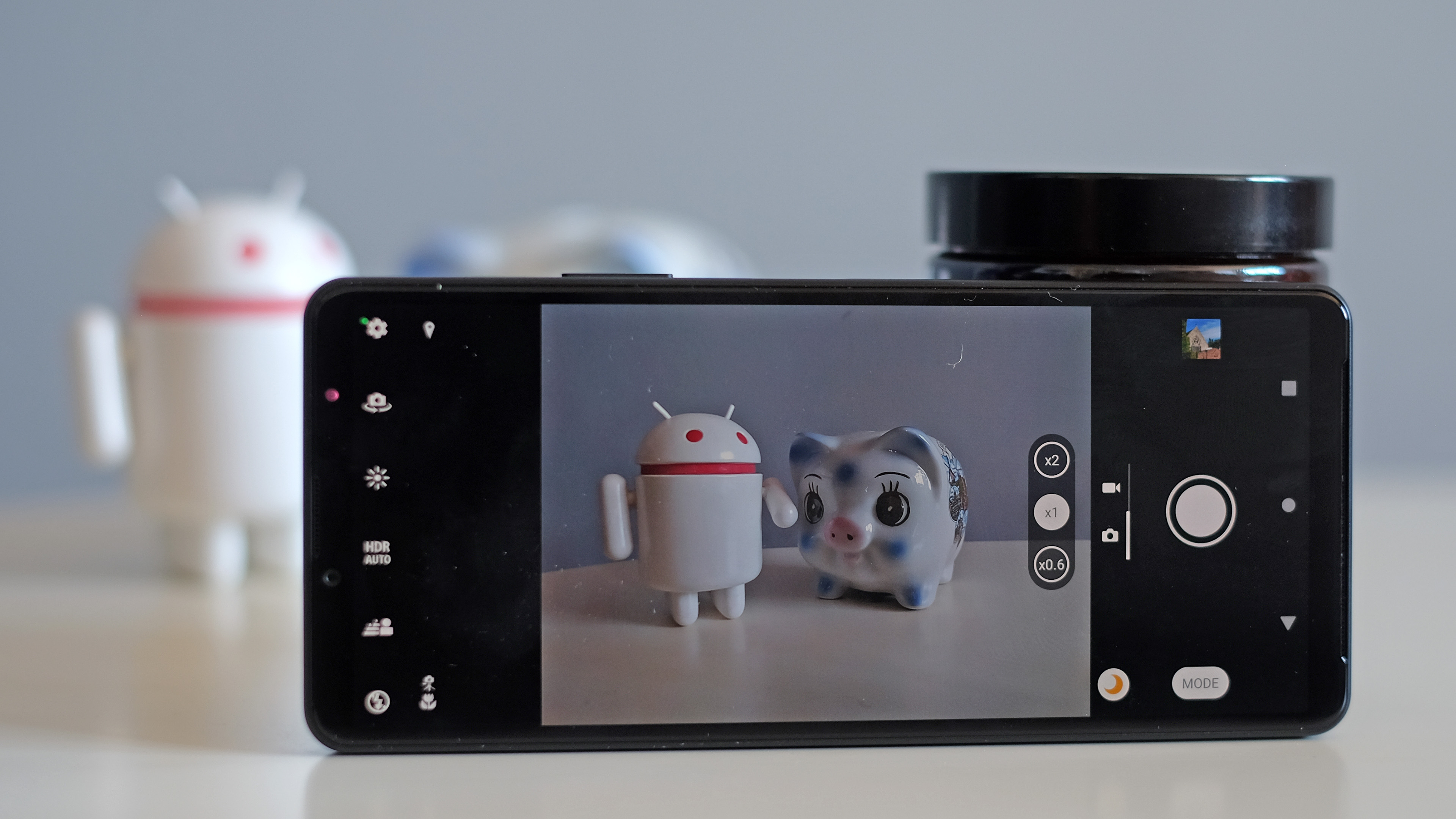
The Sony Xperia 10 IV has three rear cameras, using hardware very similar to that of the Sony Xperia 10 III. There’s a 12MP camera, an 8MP ultra-wide, and an 8MP 2x zoom.
Zero bloat, no rubbish 2MP macro cameras or questionable depth sensors, the Sony Xperia 10 IV is refreshing. The 2x zoom also renders appreciably more detail in far-away subjects than a crop of the main camera, and performs at least marginally better than comparable phones with solid 2x digital zoom modes.
A worthwhile zoom camera earns the Sony Xperia 10 IV some brownie points, but there are problems elsewhere. This is not the fastest phone to shoot. There’s a slight delay before an image is captured, and a pause before you can shoot a second image.
The preview image in the camera app has a much slower refresh than most other phones, again reducing that sense of immediacy and responsiveness. And, most important of the lot, Sony’s image processing lags behind that of most of the other big names.
Auto HDR is less effective here than in the other mid-range phones I’ve used this year. It often leaves very large overexposed areas, and fails to bump up the darker areas enough. Even when HDR handles a scene OK, Sony’s house style only tinkers with the mid-tones and shadows moderately. This means you don’t get that much of a sense of a high dynamic range image, even if there’s actually plenty of detail hidden away in the shadows to be brought out in a post-shoot tweak.







The processing approach can also vary a lot when you stand in one position and take pictures with the three rear cameras. Contrary to what you’d expect, it’s most often the main 12MP camera that leaves you with the most overexposed clouds, the dimmest mid-tones. The zoom also usually has more pleasing colour than the primary camera, which often spits out shots with a too-cool colour temperature and anaemic-looking yellow and orange tones. This stuff may improve with software updates, but right now it’s quite frustrating.
On the more positive side, the 12MP camera has none of the “painterly” effect seen in up-close detail. This is what you get with ham-fisted processing, and it’s pretty common in cheaper phones that have higher-resolution sensors where the final results is whittled down to, usually, 12MP.
Night images are poor by current standards, which have increased quite dramatically in the last year or so. At this price you can now get phones with very good computational night photography modes, which take a couple of seconds but can be used handheld, and basically flagship-level hardware.
The Sony Xperia 10 IV does have one of these computational modes, but it’s not very good. And while I don’t know exactly what sensor chip this phone uses, it’s definitely not top-end. Night photos continue to look very dark, and this phone struggles to focus in low light.
Video is compromised too. There’s no 4K mode. 1080p is the max. And if you want to use 60fps capture you lose software stabilisation. 1080p/30 is the setting to use, and it’s the default anyway. Video image quality is passable when using the 2x and 1x views, and pretty awful if you switch to the ultra-wide. You can jump between the three mid-capture, which is nice.
The Sony Xperia 10 IV’s 8MP seflie camera is unremarkable. In muggy indoors lighting fine details become soft and I find the phone tends to bring out too much green in flesh tones at times — not a flattering effect.
Sony Xperia 10 IV review: Battery life
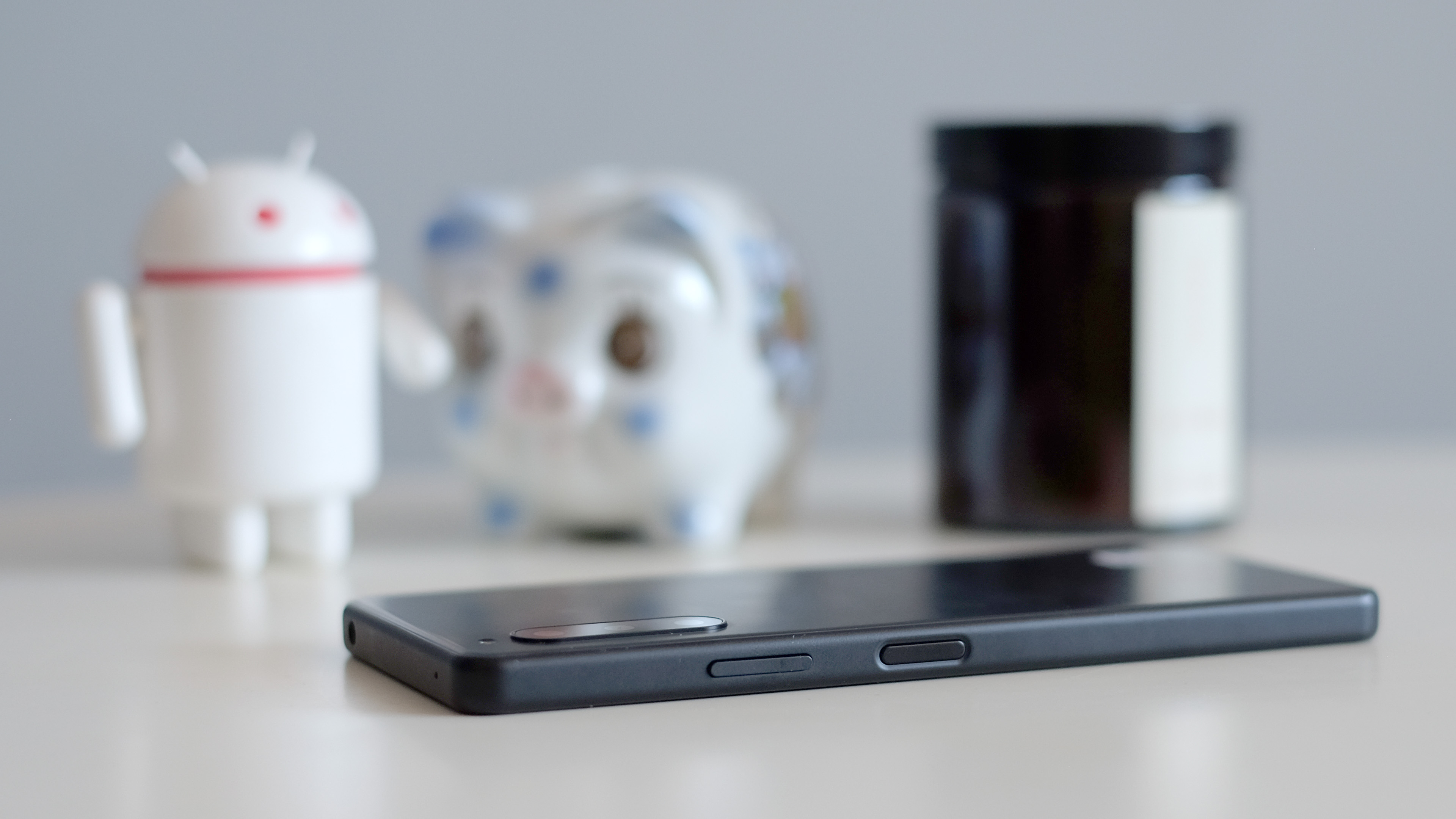
It’s time for the Sony Xperia 10 IV to redeem itself. Long battery life is pretty much the best reason to buy this phone.
It has a 5000mAh battery, the most you could hope for in a light and slim Android, and it outlasts most phones with this same capacity. This makes sense when you consider it has a 60Hz display, a relatively underpowered processor and lower screen surface than many.
On a completely normal day, without actively trying to conserve battery life, I’ve had 50 per cent charge left by bedtime. This almost never happens these days. Many of you may be able to get this phone to last two days, which just isn’t going to happen with arch-rival handsets like the Google Pixel 6a and OnePlus Nord 2T.
I just wish the Sony Xperia 10 IV had charging to match. These days 65-80W charging from brands like Xiaomi, Realme and OnePlus is the norm at around the same price point. This Sony will draw up to 21W for a while before settling down to 11W, dipping lower as the phone fills up. As a result quick top-ups before a night out are off the cards.
You’ll also need to supply your own charger as Sony doesn’t include one. Look for a 20W+USB-PD adapter for best results.
Sony Xperia 10 IV review: Verdict
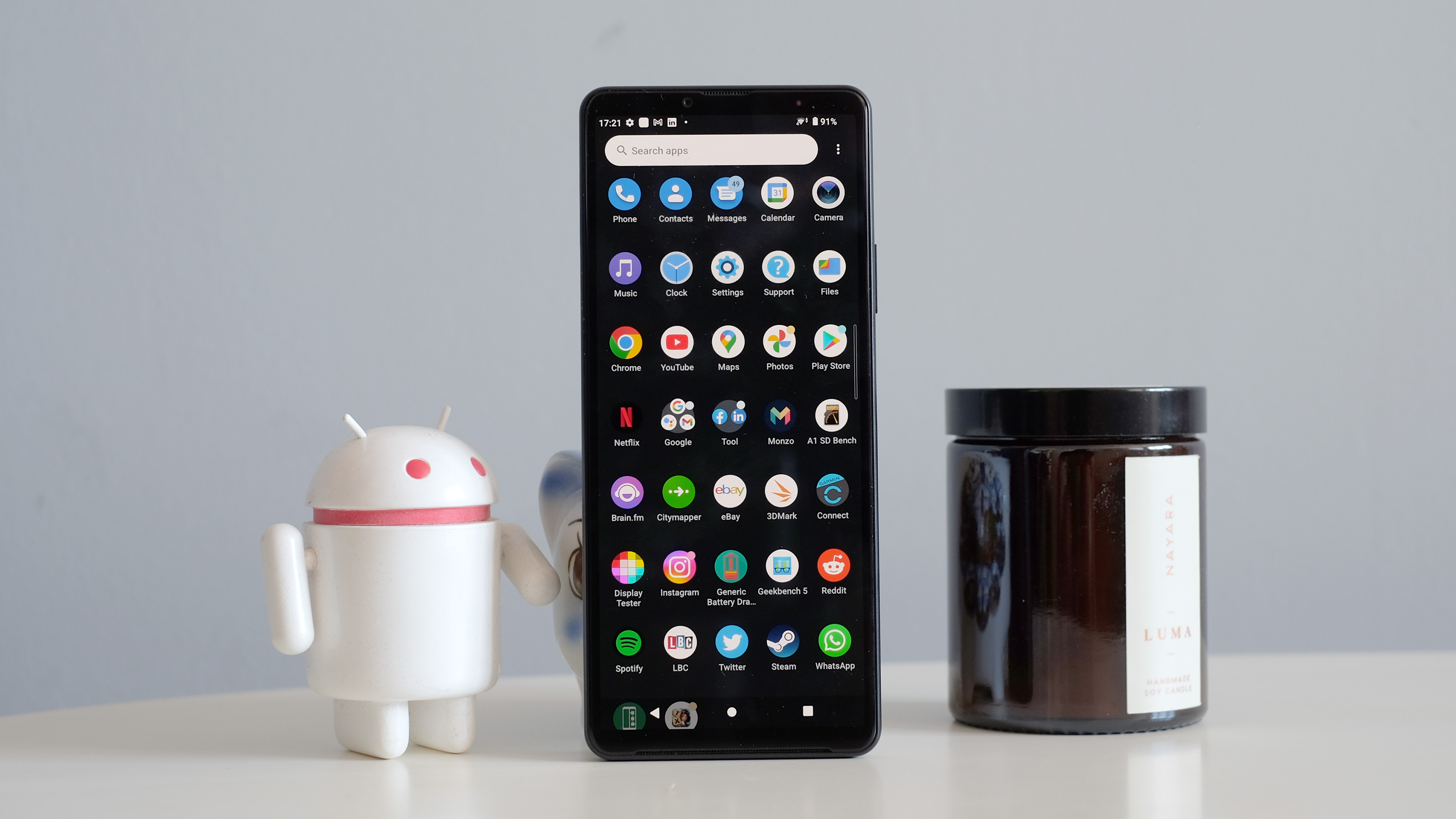
The Sony Xperia 10 IV is a breezy, easygoing pocket pal. Its battery life is terrific, particularly for a smaller phone, and the narrow frame makes it less of a handful than the many more performance-driven, nerdy phones you’ll find at a similar price.
However, it just doesn’t seem that great a deal next to phones like the Google Pixel 6a and OnePlus Nord 2T. Its processor is a bit weak for the money, which has a significant effect on gaming and a slight hit to general performance.
The cameras feel slow and unreliable, thanks to patchy colour handling and below average Auto HDR — night performance is below par too. Slow charging may be acceptable given how long the battery lasts, but add the 60Hz display refresh and the Sony Xperia 10 IV starts to look as though it doesn’t belong in 2022.
Still, if you care more about its water resistance and stamina than the more techy stuff, it may be a good fit for your needs.
Also consider
If you want a phone that is not huge and does not cost a fortune, the Google Pixel 6a and OnePlus Nord 2T are two of the top contenders. Neither is going to last as long as an Xperia 10 IV off a charge, but they have other strengths.
Both are a lot more powerful than this Xperia, and are better equipped for gaming. Their cameras are better all-round too, particularly the Pixel 6a, which continues the series’s reputation for flagship performance on a budget.
The OnePlus is also one of the few phones at the price with a glass rear, which feels nicer than the plastic of the Pixel and Sony Xperia 10 IV.

Andrew is a freelance tech and entertainment journalist. He writes for T3, Wired, Forbes, The Guardian, The Standard, TrustedReviews and Shortlist, among others.
Laptop and computing content is his specialism at T3, but he also regularly covers fitness tech, audio and mobile devices.
He began writing about tech full time in 2008, back when the Nintendo Wii was riding high and smartphones were still new.